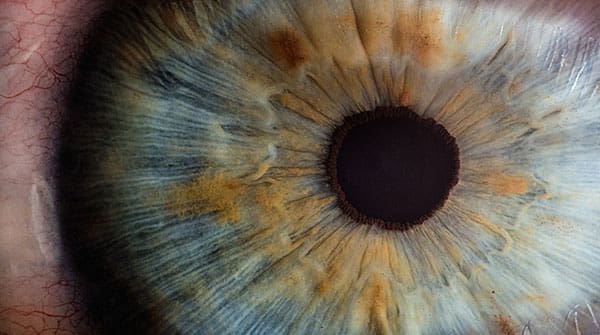The human eye is a complex system of natural lenses. Rays of light pass through these lenses and focus on a specific point on the retina, resulting in the sharp image we see. If a person has astigmatism, then the necessary focusing of the rays does not occur due to the irregular shape of the cornea or lens. In other words, astigmatism is an anomaly of refraction, which is caused by a violation of the refraction of light waves in an optical system.
Various factors can provoke this pathology:
- Previous eye surgery
- Injury to the organs of vision
- Deficiency of vitamins and minerals
- Certain ophthalmic diseases. For example, keratitis, keratoconus, keratoglobus, or dry eye syndrome
- Hereditary predisposition
Astigmatism becomes a serious obstacle to the performance of normal household activities. If you do not start the treatment of this disease on time, then you may experience complications that will lead to even more serious problems.
This disease can lead to blurred vision far and near, fatigue, discomfort in the eyes, dizziness, and headache.
Types of astigmatism:
- Congenital: appears at birth and persists for all subsequent years
- Acquired: occurs under certain life circumstances due to damage to the cornea or lens
Astigmatism can also be:
- Crystalline
- Corneal
Depending on the accompanying pathologies, astigmatism can be:
- Myopic: combined with myopia
- Hyperopic: combined with farsightedness
If a person has this disease, then it is accompanied by certain symptoms.
Symptoms of astigmatism:
- Rapid eye fatigue
- Difficulty focusing
- Lack of picture clarity
- Image distortion
- Doubling of images during prolonged eye strain
- Pain in the eyes
- Eyebrow pain
- Sensation of sand in the eyes
- Headache
- Difficulties in determining the distance to objects
- High sensitivity to light
If you feel the presence of at least a few symptoms, be sure to consult a doctor.
Such an ailment is an unpleasant problem, but today we can confidently say that astigmatism can be eliminated. The goal of vision correction in such a situation is to reconfigure the refractive system of the eyes in such a way that the optical focus is correctly formed. Treatment for astigmatism depends on certain factors such as the cause, location, severity, and presence of comorbidities.
There are treatments such as:
- Refractive lens replacement. This is the best choice for patients with a high degree of astigmatism. Recommended for people over 45 years old, but other age indicators are possible. The decision to carry out the correction is made by the doctor and in each case individually. It will depend on the individual characteristics of the patient. During this method of treatment, the natural lens is replaced with an artificial one. As a result, such a solution will help get rid of not only astigmatism but also some other eye diseases. For example, from cataracts or presbyopia.
- Laser vision correction. This is the most common way to restore visual functions today. And this is quite justified since the operation is carried out quickly and makes it possible to fully restore vision. The recommended age for the procedure is from 18 to 45 years. But in some cases, other age restrictions may be suitable. It all depends on the decision of the doctor and on the individual characteristics of the patient. When operating on astigmatism using laser correction, it is possible to do this in several ways. For instance:
– LASIK for astigmatism. There are several modifications of LASIK laser surgery that allow you to treat not only astigmatism but also some concomitant diseases. During the procedure, a corneal flap is created in order to access its middle sections. After that, a part of the corneal tissue is removed with a laser. In the end, the flap is connected to the rest of the cornea. The recovery period after this operation is several weeks.
– PRK for astigmatism. It is performed under local anesthesia and takes a few minutes. This method is one of the first in laser vision surgery. It consists in evaporating the necessary sections of the cornea with a laser to correct its refractive power. Immediately after the procedure, discomfort may occur, but they will pass fairly quickly. Full rehabilitation can take from 1 to several months. For the operation to be successful, a thorough diagnosis of visual anomalies is needed, thanks to which a positive result can be achieved.
- Optical correction of astigmatism. Such a correction can be carried out with the help of special glasses or contact lenses. Spectacle correction is recommended for patients over 45 years of age, but the final decision is made by the doctor. Glasses with special cylindrical lenses allow you to correct astigmatism, and, if necessary, myopia or hyperopia. In contact correction, lenses are used that are thicker than usual, as well as combining spherical and cylindrical shapes.
If you find signs of astigmatism in yourself, then immediately consult a laser eye surgeon for advice and, if necessary, eliminate this ailment. The main thing is to take the problem seriously and start treatment on time. Today, this can be done in several ways, each of which will save you from an unpleasant illness and make your life better.
This content is a joint venture between our publication and our partner. We do not endorse any product or service in the article.


